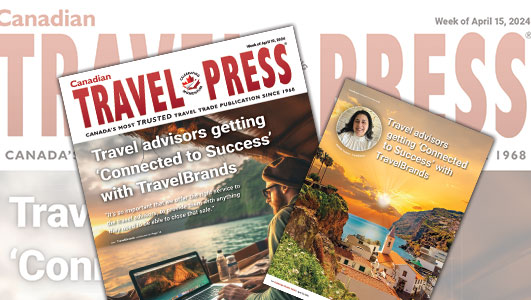Easing Restrictions, But With Extreme Caution

According to the UNWTO, in the seventh edition of its ‘COVID-19 Related Travel Restrictions: A Global Review for Tourism,’ 53% of destinations around the world have now begun to ease travel restrictions that were introduced in response to the global pandemic.
And while many of those destinations remain cautious in view of the development of the pandemic, there is an ongoing trend towards the gradual restart of tourism.
Up to Sept. 1, research carried out by the UNWTO found that a total of 115 destinations (53% of all destinations worldwide) have eased travel restrictions, an increase of 28 since July 19.
Of these, two have lifted all restrictions, while the remaining 113 continue to have certain restrictive measures in place.
UNWTO secretary-general, Zurab Pololikashvili observed that: “Coordinated leadership and enhanced cooperation between governments means tourism is slowly but steadily restarting in many parts of the world. Starting to ease restrictions on travel opens also the doors for tourism’s social and economic benefits to return.”
And he added: “While we must remain vigilant and cautious, we are concerned about those destinations with ongoing full travel restrictions, especially where tourism is a lifeline and economic and social development are under threat.”
Coordinated leadership and enhanced cooperation between governments means tourism is slowly but steadily restarting in many parts of the world
For the first time, the COVID-19 Related Travel Restrictions report includes key data on the health and hygiene infrastructure in place at destinations, while also analyzing rate of notifications of new COVID-19 cases. This allows UNWTO to determine the factors that are influencing destinations’ decisions to ease restrictions.
The report shows that:
- Destinations which have eased travel restrictions generally have high or very high levels of health and hygiene infrastructure. They also tend to have comparatively low COVID-19 infection rates.
- Within advanced economies, 79% of tourism destinations have already eased restrictions. In emerging economies, just 47% of destinations have done so.
- 64% of those destinations which have eased have a high or medium dependence on air as a mode of transport for international tourism arrivals.
However, the report also reveals that many destinations around the world are extremely cautious about easing travel restrictions they introduced in response to the pandemic and some have passed severe measures in an attempt to keep their citizens safe. 93 destinations (43% of all worldwide destinations) continue to have their borders completely closed to tourism, of which 27 have had their borders completely closed for at least 30 weeks.
Furthermore, more than half of all destinations with borders completely closed to tourism are classified as being among the World’s Most Vulnerable Countries. They include 10 SIDS (Small Island Developing States), one Least Developed Country (LDC) and three Land-Locked Developing Countries (LLDCs).
More than half of destinations with full restrictions still in place are also highly dependent on aviation, with at least 70% of their tourist arrivals coming by air, causing significant connectivity impacts for their citizens and economies.
UNWTO continues to monitor the impact of COVID-19 on the tourism. From the start, the UN specialized agency has advised that the situation is fluid and that, even as tourism restarts in some regions, in others, restrictions may be tightened and borders re-closed.
Similarly, UNWTO has observed a rise in travel advisories being issued by governments for their own citizens, alongside more and varied restrictions and other measures directed at passengers arriving from specific countries or regions.


